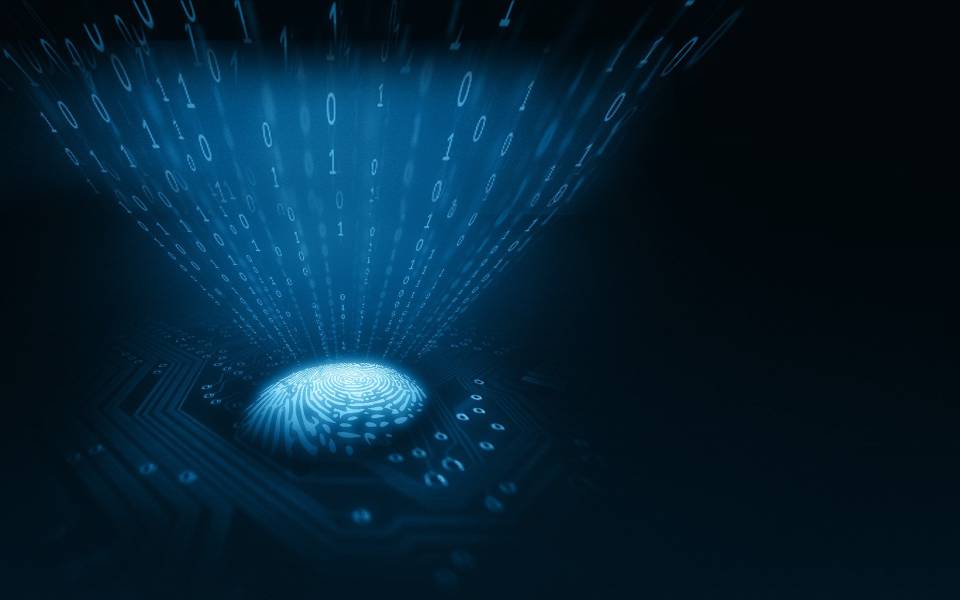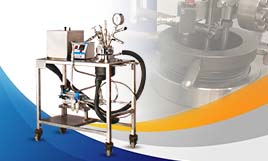All You Need to Know About Dissolved Gas Extraction System
There’s a sure shot way to deduce the reasons for failures in oil-insulated electrical equipment. The application of the dissolved gas extraction system not just helps experts in detecting the causes and potential causes of failures but also enables them to take necessary course of actions to prevent equipment damages.
Gas analysis helps in identifying the impure or unwanted elements (in this case, gases) that can potentially cause system failures. At BCL we offer a high-performance Dissolved Gas Extraction unit (DGEU) that permits consistent concentrated measurements of dissolved gases in liquids and at real time.
While oil-insulated electrical equipment can greatly be benefited with the use of this system for detecting and eliminating the failure causing dissolved gases in fuel, this unit also performs exceptionally in identifying impurities in water as well.
Keep reading till the end to learn more about this system and make the right choice.
Benefits of DGEU Utilisation
· This unit is able to perform gas-phase concentration and dissolved gas molar measurements simultaneously for a variety of gases.
· It does not require a surge of energy for its operation and can deliver quality performance at low power requirements only (45W).
· The lightweight build of this unit makes it more efficient and can be used for several applications. It weighs only 16 kg, therefore, making it super easy to handle and use.
· This DGEU has an internal data logger making it a more powerful instrument for concentrated measurements of dissolved gases in liquids.
How Does it Work?
The DGEU works by extracting gas from a liquid stream via an internal hydrophobic membrane that is microporous in nature. This membrane comprises polypropylene hollow fibers.
The internal gas and water pumps along with mass flow controllers enables accurate regulation of flow rates and pressures of the liquid within the DGEU and the strip gas that is transferred to the gas analyzer.
By accurate regulation of the water flow rate via the membrane, gas pressure on the exterior of the membrane and water pressure within the inside of the membrane, the DGEU helps in generating reproducible and specific outcomes.
This instrument allows measurements of gas flow rates in and out of the DGEU and in result causes gas-phase concentrations to be converted easily into dissolved gas concentrations.
Users can control this unit with the use of software on limited LGR analyzers in order to deliver autonomous measurements in the testing field. The internal multi-channel data loggers help in recording all the parameters that are reported by the DGUE and it also monitors analog signals passed from other instruments within a single data file.
Powering the DGEU to the Next Level
If you are looking to power the capabilities of the Dissolved Extraction Gas system then users have the option of combining this tool with one or even more LGR trace gas analyzers.
This can effectively substitute the time-consuming processes of head-space equilibration and even the complex shower head systems. It also allows for new scope of research that includes measurement of gas seepages from ocean floor, water quality monitoring of rivers, oceans, lakes and fish farms.
Users can also perform quantification of surface-gas exchange processes in lakes and record dissolved gases in wastewater treatment plants.








